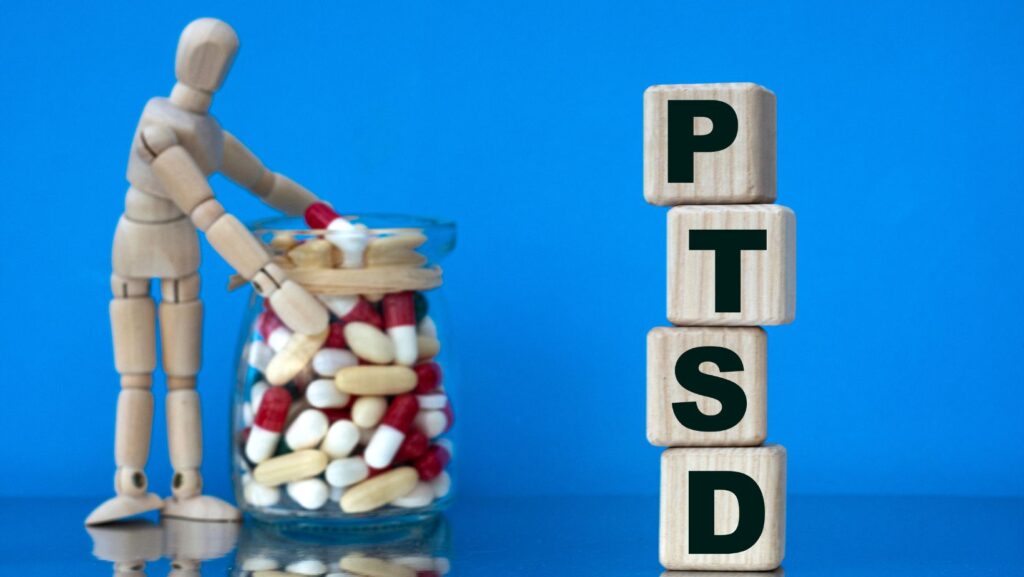
Post-Traumatic Stress Disorder (PTSD) is a mental health condition that develops after experiencing or witnessing a traumatic event. It affects approximately 6% of the U.S. population, according to the National Center for PTSD, causing symptoms like flashbacks, emotional numbness, and hypervigilance. While PTSD can feel overwhelming, therapy offers a path to recovery by addressing the emotional, cognitive, and behavioral impacts of trauma.
This article explores the role of therapy in PTSD recovery, focusing on evidence-based approaches like Cognitive Behavioral Therapy (CBT), Eye Movement Desensitization and Reprocessing (EMDR), and other therapeutic methods that support healing.
Understanding the Need for Therapy in PTSD
PTSD disrupts the brain’s ability to process traumatic events, leading to a prolonged stress response. Therapy is crucial for recovery as it helps individuals:
1. Reprocess traumatic memories.
2. Reduce the intensity of symptoms.
3. Develop coping mechanisms for triggers.
4. Restore a sense of safety and control.
By targeting the root causes of PTSD, therapy provides a foundation for long-term healing.
Cognitive Behavioral Therapy (CBT)
Cognitive Behavioral Therapy (CBT) is one of the most widely used and effective treatments for PTSD. It focuses on identifying and changing negative thought patterns that fuel distress.
How CBT Helps with PTSD
CBT encourages individuals to:
– Recognize unhelpful thoughts linked to the trauma.
– Challenge distorted beliefs, such as self-blame or feelings of helplessness.
– Replace negative thoughts with healthier, more constructive ones.
Subtypes of CBT for PTSD:
1. Cognitive Processing Therapy (CPT):
– Helps individuals understand how trauma impacts their thoughts and beliefs.
– Focuses on reducing guilt, shame, and self-blame.
2. Prolonged Exposure (PE) Therapy:
– Involves confronting trauma-related memories and triggers in a safe, controlled environment.
– Reduces avoidance behaviors and desensitizes individuals to distressing stimuli.
Research Insight:
A study published in the Journal of Consulting and Clinical Psychology found that 77% of participants who underwent CBT showed significant reductions in PTSD symptoms.
Eye Movement Desensitization and Reprocessing (EMDR)
Eye Movement Desensitization and Reprocessing (EMDR) is a structured therapy that helps individuals reprocess traumatic memories by using guided eye movements or other forms of bilateral stimulation.
How EMDR Works
During an EMDR session:
1. The therapist asks the individual to recall a specific traumatic memory.
2. While focusing on the memory, the individual follows the therapist’s hand movements or another external stimulus.

3. This process helps the brain reframe the memory, reducing its emotional intensity.
Benefits of EMDR
– Alleviates the emotional impact of traumatic memories.
– Helps individuals integrate the memory into their narrative without overwhelming distress.
– Effective for individuals who struggle to verbalize their trauma.
Research Insight:
The World Health Organization (WHO) recognizes EMDR as a first-line treatment for PTSD, with studies showing that 80-90% of individuals experience significant symptom relief after 8-12 sessions.
Narrative Exposure Therapy (NET)
Narrative Exposure Therapy (NET) is particularly effective for individuals who have experienced multiple traumas, such as refugees or survivors of prolonged abuse.
How NET Helps
– Focuses on constructing a coherent narrative of the person’s life, including traumatic and positive experiences.
– Encourages the individual to reframe their trauma within a broader context, reducing its power.
Benefits of NET
– Builds resilience by highlighting personal strengths.
– Offers a structured approach to addressing complex trauma.
Dialectical Behavior Therapy (DBT)
Dialectical Behavior Therapy (DBT) was initially developed for individuals with borderline personality disorder but has proven effective for managing PTSD symptoms, particularly emotional dysregulation.
Key Components of DBT for PTSD
1. Mindfulness: Helps individuals stay grounded in the present moment.
2. Emotional Regulation: Teaches skills for managing intense emotions.
3. Distress Tolerance: Provides strategies for coping with crisis situations.
4. Interpersonal Effectiveness: Improves communication and relationship-building skills.
Group Therapy
Group therapy provides a supportive environment where individuals with PTSD can connect, share experiences, and learn from others who understand their struggles.
Benefits of Group Therapy
– Reduces feelings of isolation.
– Encourages mutual support and validation.
– Offers diverse perspectives on coping strategies.
Organizations like the Veterans Affairs (VA) often offer group therapy sessions tailored to specific populations, such as combat veterans or sexual assault survivors.
Alternative and Holistic Therapies
In addition to traditional methods, many individuals find relief through complementary therapies that address the mind-body connection.
1. Mindfulness-Based Stress Reduction (MBSR)
– Combines mindfulness meditation and yoga to reduce stress and improve emotional regulation.
Research Insight:
A study in Psychological Medicine found that MBSR led to a 30% reduction in PTSD symptoms among participants after eight weeks.
2. Art and Music Therapy
– Provides non-verbal outlets for expressing and processing emotions.
3. Animal-Assisted Therapy
– Interactions with therapy animals, particularly dogs, have been shown to reduce anxiety and improve mood in individuals with PTSD.
Choosing the Right Therapy
The most effective treatment for PTSD often depends on the individual’s unique needs, trauma history, and personal preferences. A mental health professional can help tailor a treatment plan by:
– Assessing the severity and nature of symptoms.
– Discussing past experiences with therapy.
– Exploring the individual’s comfort level with specific approaches.
The Role of Support Networks
Therapy is most effective when combined with a strong support system. Family members, friends, and peer groups play a crucial role in:
– Encouraging participation in therapy.
– Providing emotional support during difficult times.
– Reinforcing coping strategies outside of sessions.
Conclusion
Therapy is a cornerstone of PTSD recovery, offering a safe and structured way to process trauma, reduce symptoms, and regain a sense of control. From CBT and EMDR to group therapy and holistic approaches, there are numerous evidence-based methods to support healing.

While the journey to recovery may be challenging, the right therapeutic interventions and a strong support network can make a profound difference. If you or someone you know is struggling with PTSD, reaching out for professional help is a vital first step toward healing and reclaiming a fulfilling life.










